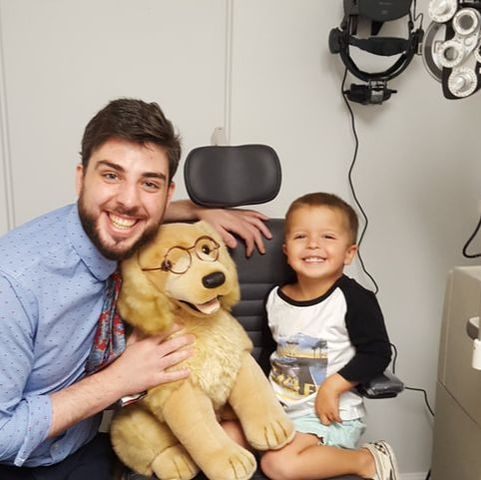search for:
Find a Keratoconus Eye Doctor Near You
If you’ve been diagnosed with keratoconus or are experiencing symptoms like blurry vision, light sensitivity, or frequent prescription changes, finding the right keratoconus eye doctor is crucial for protecting your eyesight. Our Keratoconus specialist. Atlanta Optometrist Dr. Kyle Jones of the Georgia Eye Center, is dedicated to providing advanced treatment options, from custom contact lenses to cutting-edge non-surgical solutions. Get expert care and personalized treatment to improve your vision—start your journey to better vision today!
Keratoconus Treatment Specialties
Understanding Keratoconus
Keratoconus is a progressive eye condition where the cornea thins and bulges into a cone-like shape, causing distorted vision.
Common symptoms include blurred vision, sensitivity to light, and frequent changes in prescription glasses.
Early diagnosis is crucial for effective management and to prevent significant vision impairment.
What are the Symptoms of Keratoconus?

Blurred or Distorted Vision
As keratoconus progresses, the cornea thins and bulges into a cone-like shape, causing significant visual distortions. You may notice that objects appear smeared or doubled, and your vision may fluctuate unexpectedly, becoming cloudy or suddenly worsening. Even with corrective lenses, fine details can remain difficult to see, making daily activities like reading or driving challenging.

Increased Sensitivity to Light
Bright lights, glare, and reflections may become overwhelming, particularly at night. Many people with keratoconus see halos around streetlights or struggle with oncoming headlights while driving. Indoor lighting can also seem harsh, making it uncomfortable to be in well-lit environments for extended periods.

Headaches and Eye Strain
Because keratoconus distorts vision, the eyes must work harder to focus, often resulting in frequent headaches. This strain can be particularly noticeable after prolonged screen time, reading, or any task that requires visual concentration. Some individuals also report discomfort around the forehead or temples due to constant squinting or eye fatigue.
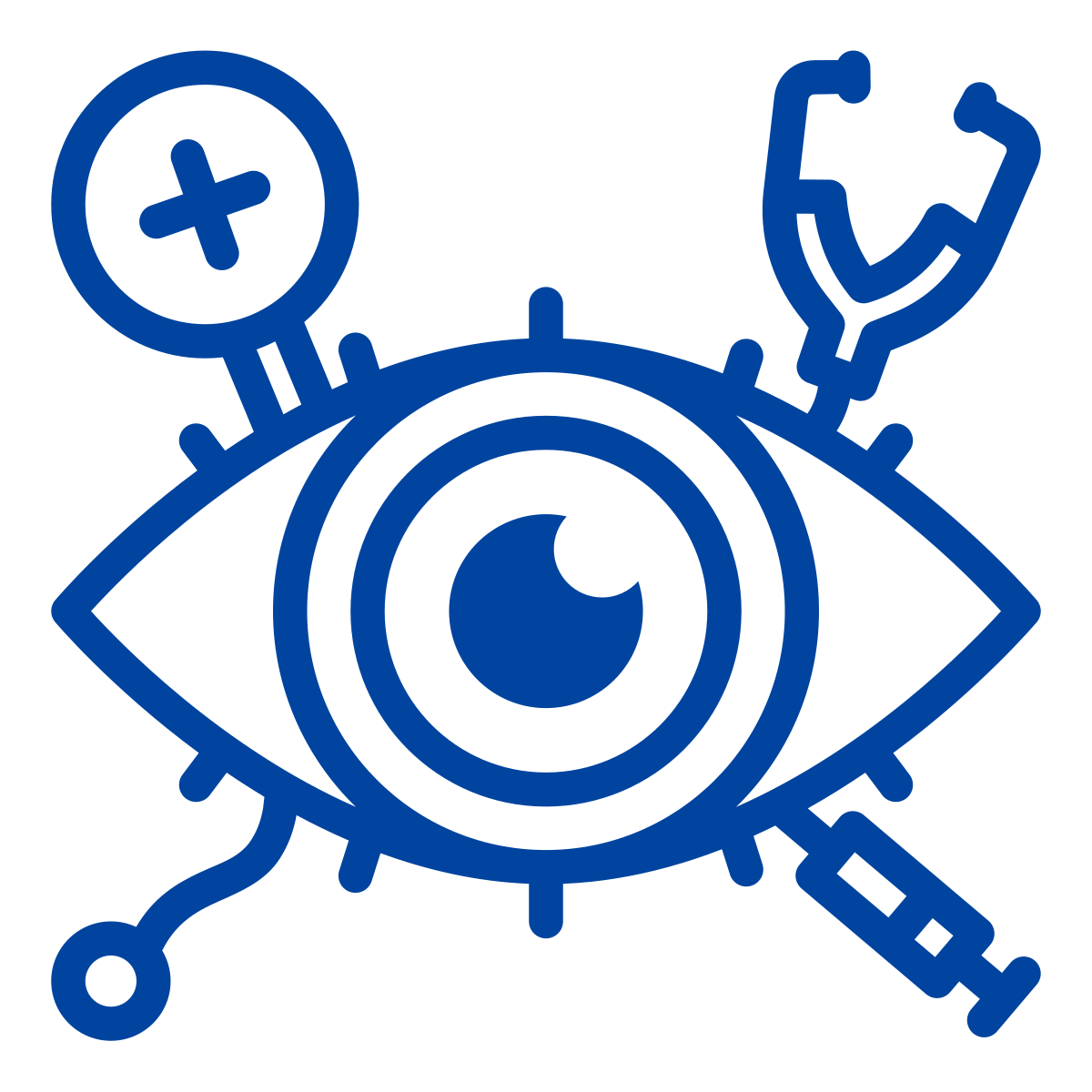
Frequent Changes in Prescription
If you find yourself needing new glasses or contact lenses more often than usual, it could be a sign of keratoconus. As the cornea continues to change shape, standard corrective lenses may no longer provide clear vision for long. This constant need for updates can be frustrating and expensive, making early diagnosis crucial for long-term management.

Difficulty Wearing Contact Lenses
Many people with keratoconus struggle with wearing traditional contact lenses. As the cornea becomes more irregular, lenses may no longer fit properly, feeling uncomfortable or even painful. Rigid gas permeable (RGP), scleral, or custom specialty lenses are often necessary to achieve both comfort and clear vision.

Visual Distortions and Ghosting
Straight lines may appear wavy or bent, and you might experience ghost images or double vision in just one eye. These distortions can make it hard to recognize faces, read small text, or focus on fine details. In some cases, even with corrective lenses, sharp vision remains elusive due to the irregular shape of the cornea.
What Causes Keratoconus?

Frequent and Vigorous Eye Rubbing
Excessive and forceful eye rubbing can weaken the cornea, accelerating the progression of keratoconus. The cornea is a delicate, dome-shaped structure essential for clear vision, and repetitive rubbing can cause microscopic damage, leading to thinning and bulging. Many individuals rub their eyes due to chronic allergies, dry eyes, or irritation, unknowingly increasing their risk. To prevent unnecessary damage, individuals prone to eye rubbing should manage allergies with antihistamines, use lubricating eye drops, and adopt healthier eye care habits.
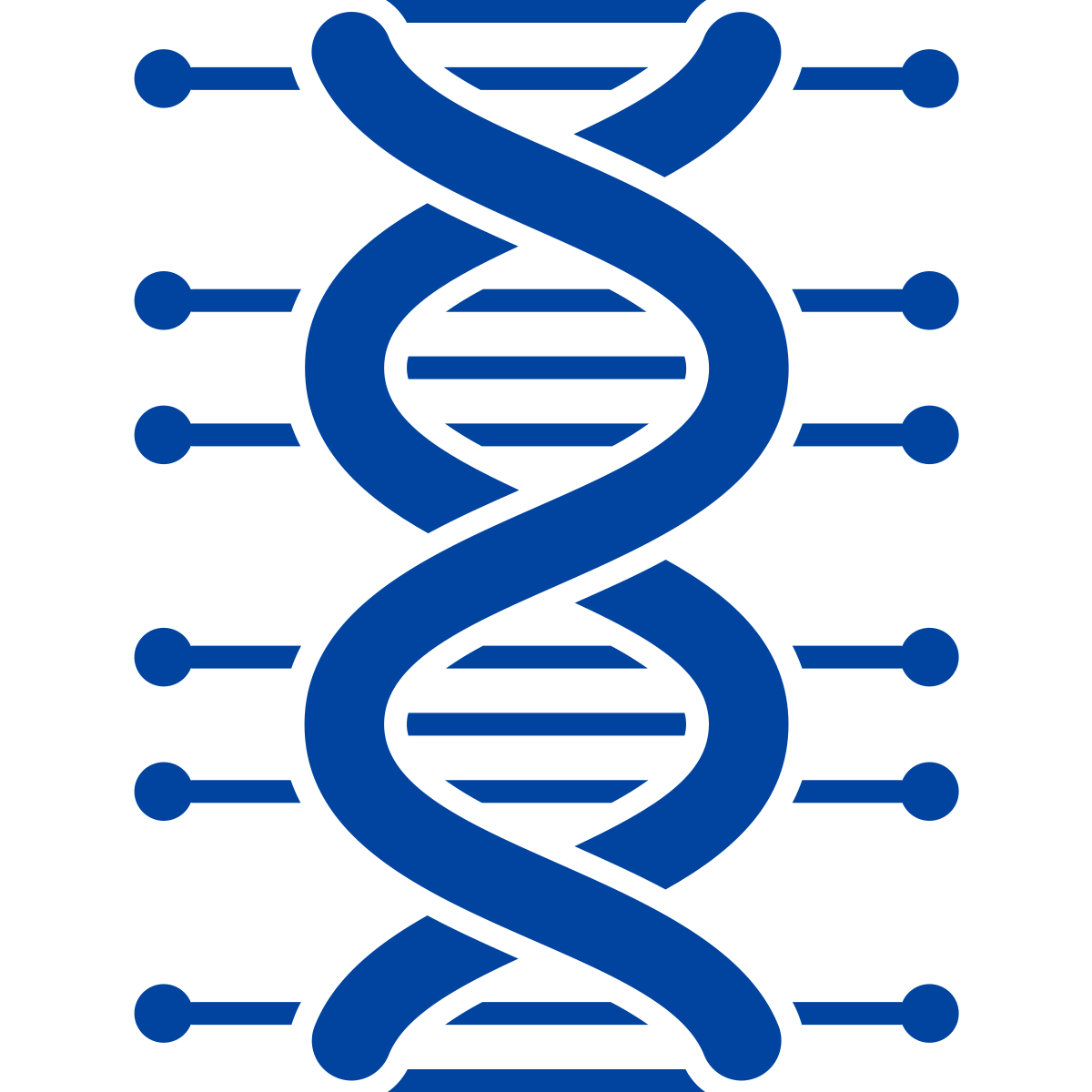
Genetic and Family History
Keratoconus has a strong genetic component, with approximately 1 in 10 individuals with the condition having a close relative—such as a parent or sibling—who also has it. If there is a family history of keratoconus, regular eye check-ups are crucial, particularly during adolescence and early adulthood when symptoms are most likely to appear. Early screening, including corneal topography, can help detect subtle changes before significant vision loss occurs. Although not every person with a family history will develop keratoconus, genetic predisposition significantly increases the likelihood.

Connective Tissue Disorders
Certain systemic connective tissue disorders, such as Marfan syndrome and Ehlers-Danlos syndrome, have been linked to keratoconus. These conditions affect collagen and elastin, essential proteins for maintaining the strength and flexibility of tissues, including the cornea. People with these disorders often have highly flexible joints, soft or stretchy skin, and a higher likelihood of developing corneal abnormalities. Since the cornea relies on a strong collagen structure to maintain its shape, any inherent weaknesses can contribute to its thinning and deformation over time.

Eye Injuries and Poorly Fitted Contact Lenses
Repeated eye trauma, including injuries or prolonged use of ill-fitting contact lenses, can increase the risk of keratoconus. Poorly fitted lenses may exert uneven pressure on the cornea, gradually altering its shape and leading to thinning. This risk is higher with rigid gas-permeable (RGP) lenses if not properly adjusted. Regular visits to an eye care professional can help ensure a proper fit, minimizing unnecessary strain on the cornea. Individuals who experience discomfort or irritation while wearing contact lenses should seek immediate professional assessment to prevent long-term damage.
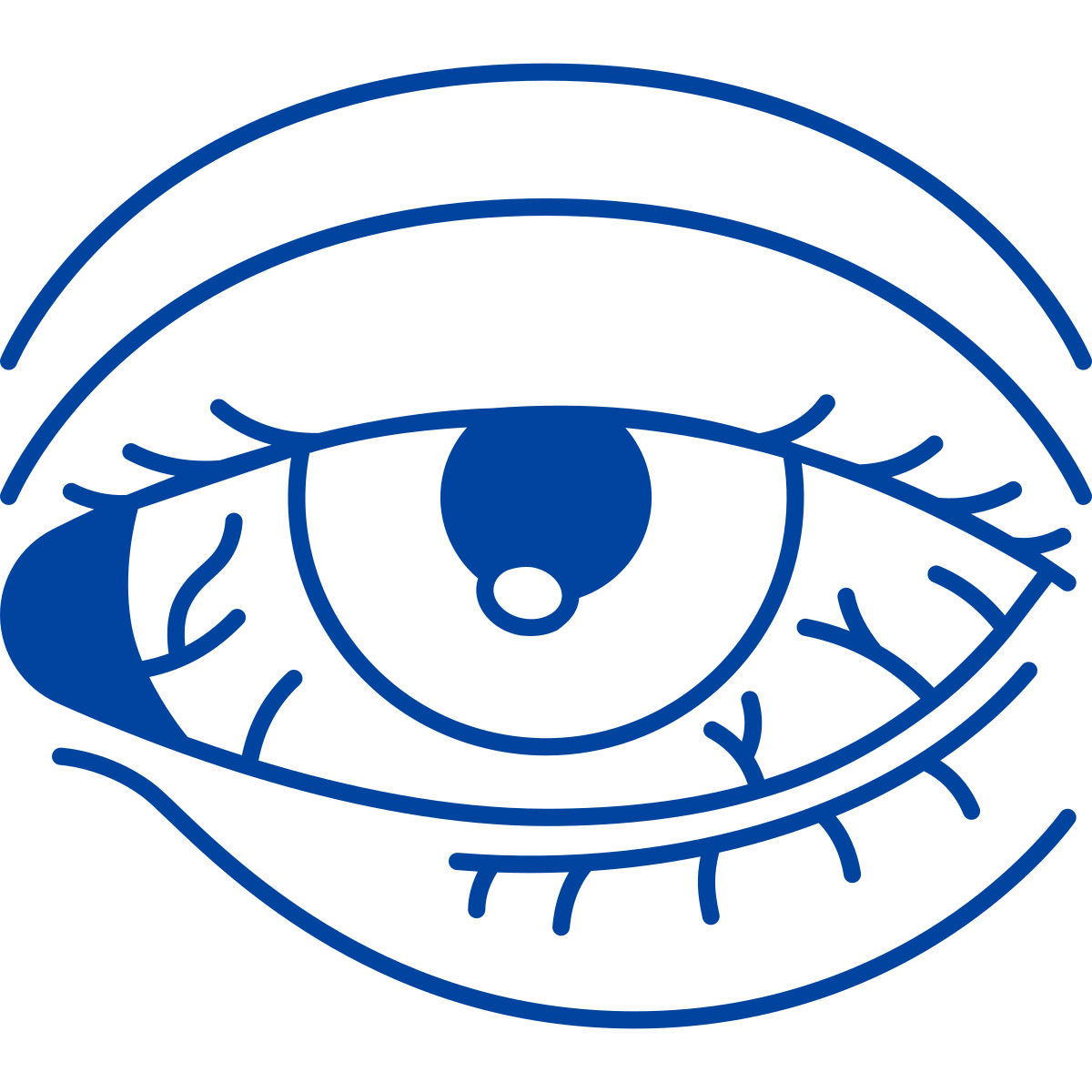
Atopic Diseases and Chronic Allergies
People with asthma, eczema, hay fever, and severe allergies have a significantly higher risk of developing keratoconus. These conditions often cause persistent eye inflammation, itching, and irritation, leading to excessive eye rubbing, which is one of the most damaging behaviors for the cornea. Chronic inflammation weakens corneal collagen, increasing the likelihood of structural thinning and bulging. Managing allergic conditions through medications, avoiding known allergens, and using preservative-free artificial tears can help protect the cornea and prevent unnecessary damage.

Sleep Apnea and Its Impact on Corneal Health
Obstructive sleep apnea (OSA)—a condition marked by repeated breathing interruptions—has been identified as a potential risk factor for keratoconus. The exact relationship remains under study, but one possible link is low oxygen levels and poor circulation, which may affect corneal stability. Additionally, many individuals with sleep apnea experience floppy eyelid syndrome (FES), where the upper eyelid becomes loose, causing irritation and chronic inflammation. Since inflammation can weaken the corneal structure, managing sleep apnea may be essential for those at risk.
Keratoconus Treatment Options

Glasses and Soft Contact Lenses – Best for Early-Stage Keratoconus
In the early stages of keratoconus, vision can often be corrected with glasses or soft toric contact lenses, which help compensate for mild corneal irregularities. While this option works for mild cases, it becomes less effective as the condition progresses, since the cornea continues to thin and bulge, leading to increased distortion.

Rigid Gas-Permeable (RGP) and Scleral Contact Lenses – Best for Moderate Keratoconus
When glasses or soft lenses no longer provide clear vision, rigid gas-permeable (RGP) lenses or scleral lenses become the next step. These lenses create a smooth optical surface, helping to correct the irregular shape of the cornea and providing sharper vision.
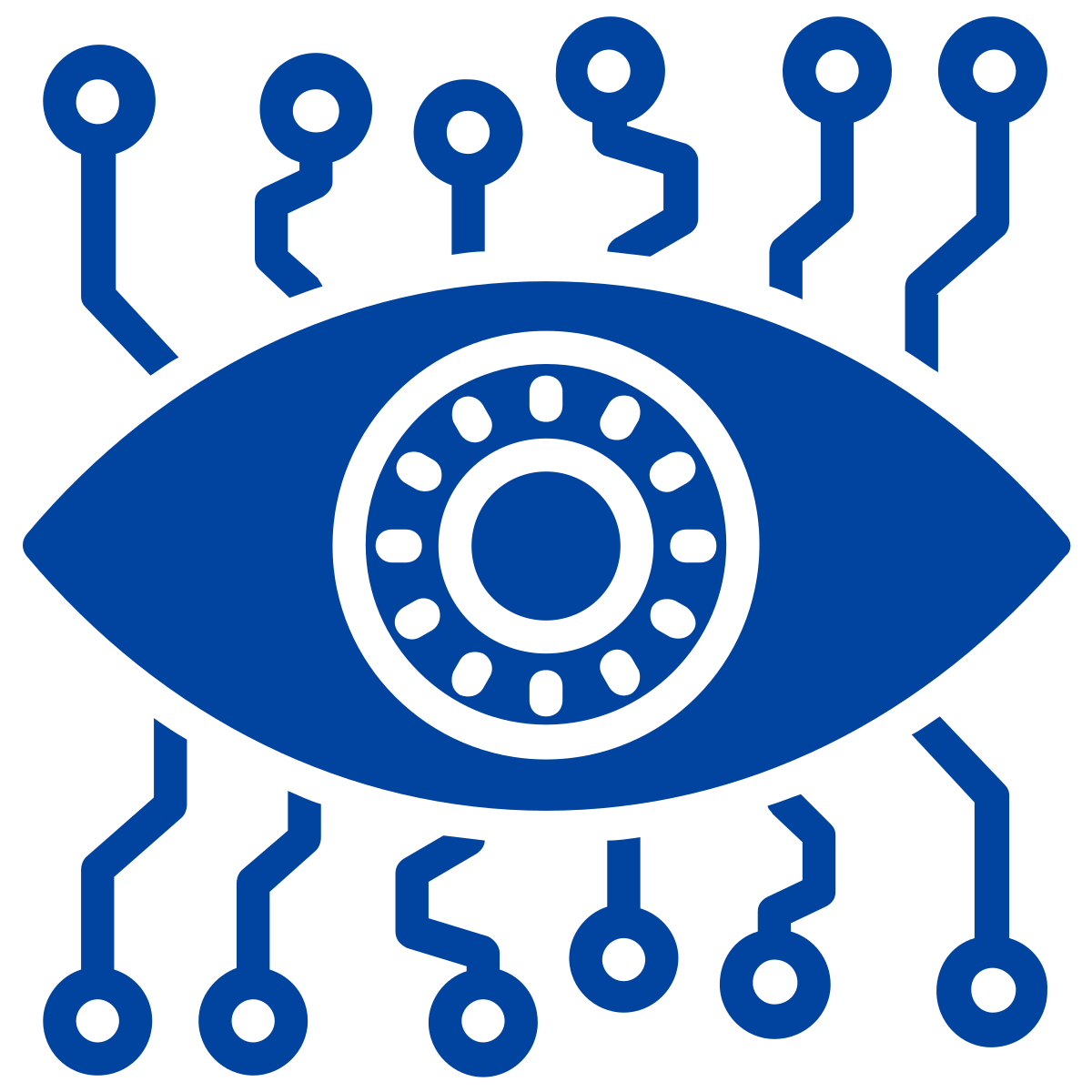
Collagen Cross-Linking (CXL) – Best for Slowing or Stopping Progression
Collagen cross-linking (CXL) is the gold standard for stopping keratoconus progression. This minimally invasive procedure strengthens the cornea using riboflavin (vitamin B2) drops and controlled ultraviolet (UV) light exposure.
By increasing collagen bonds in the cornea, CXL helps prevent further thinning and bulging, reducing the likelihood of needing a corneal transplant later.
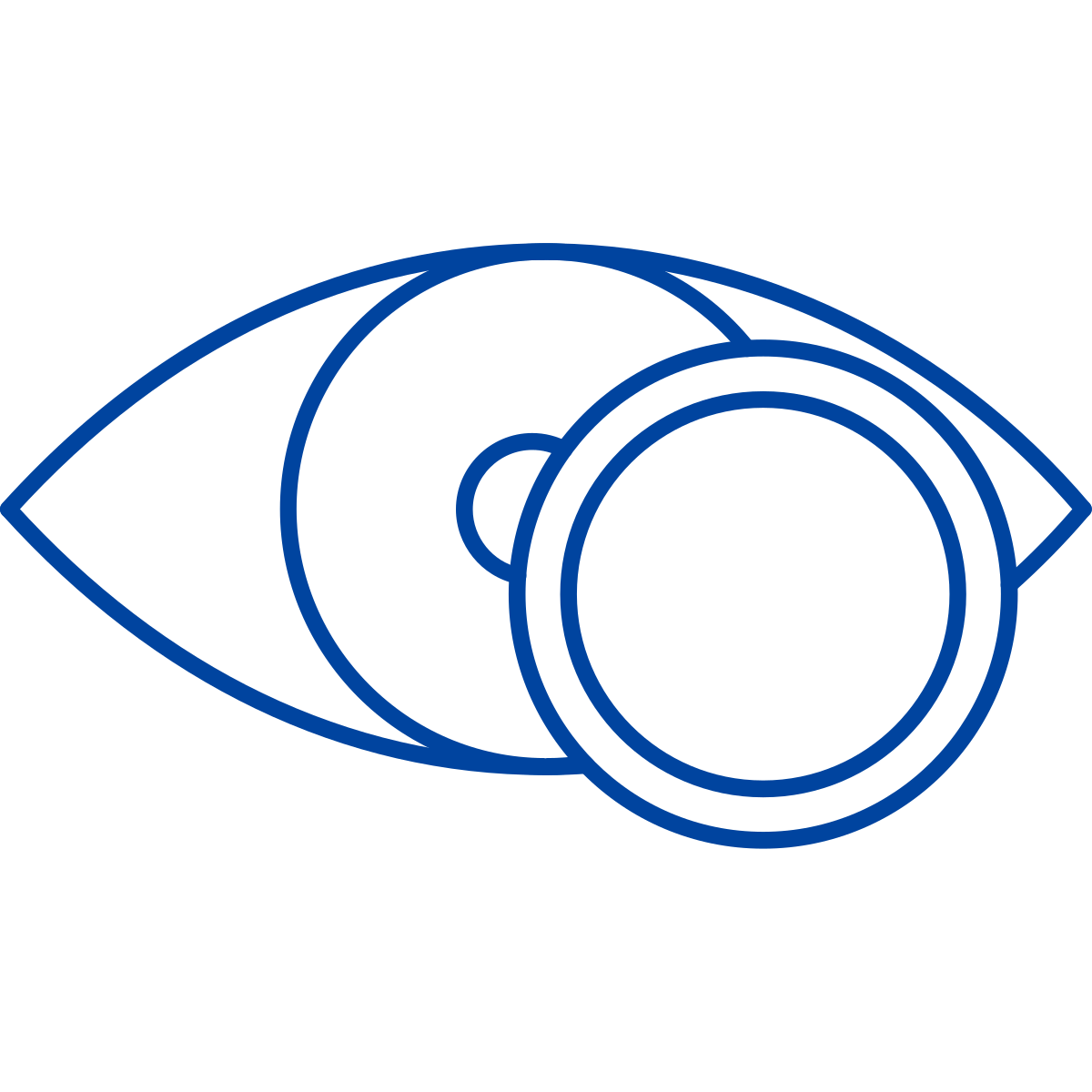
Intrastromal Corneal Rings (ICRS) – Best for Reshaping the Cornea
Intrastromal corneal rings (ICRS)—also known as Intacs—are small, semi-circular implants placed inside the cornea to help flatten and reshape it.
These implants reduce the steepness of the cornea, improving vision and making it easier to wear contact lenses. ICRS is often combined with collagen cross-linking (CXL) for better long-term results.
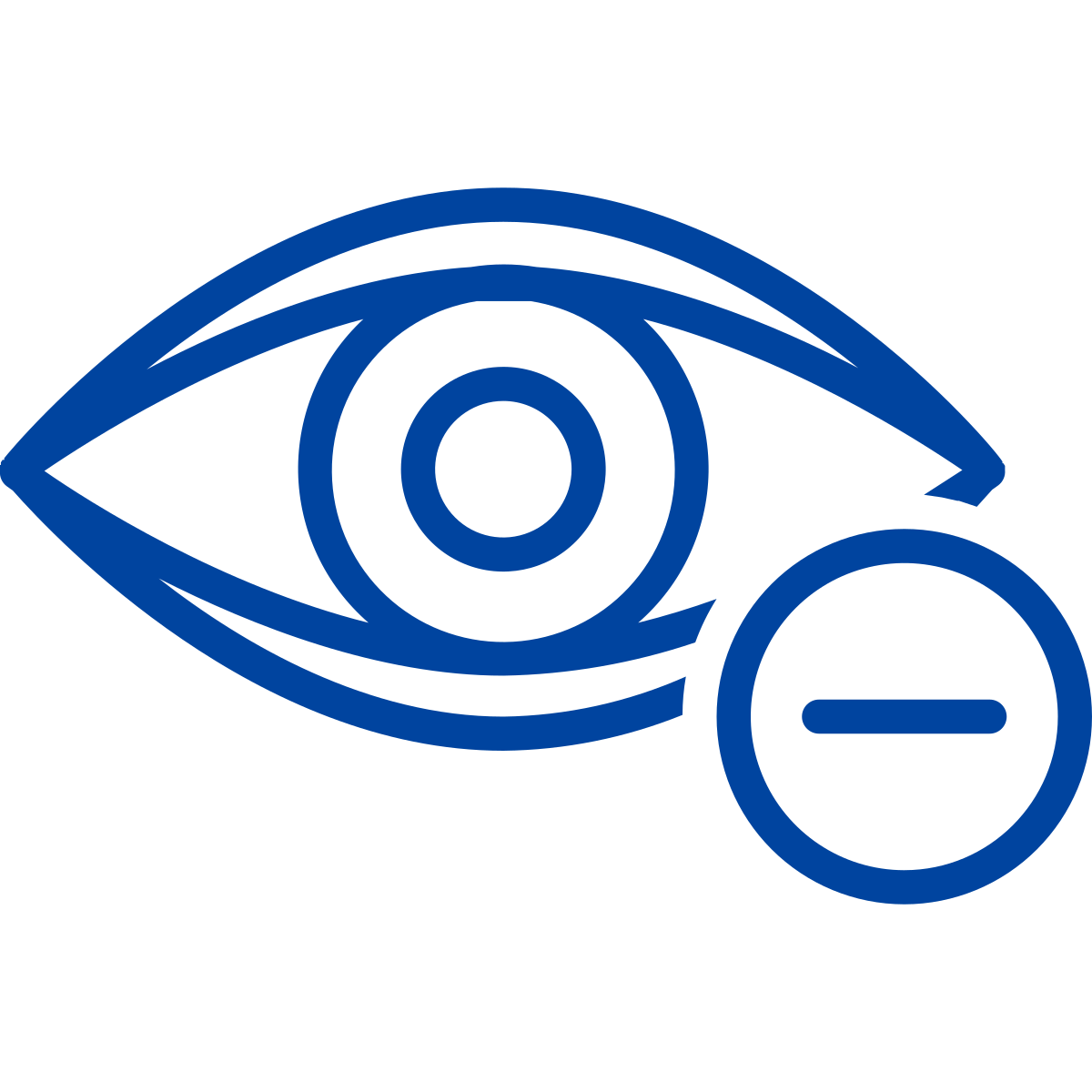
Deep Anterior Lamellar Keratoplasty (DALK) – Best for Advanced Keratoconus with a Lower Risk of Rejection
For advanced keratoconus, when vision is severely impaired and other treatments no longer work, deep anterior lamellar keratoplasty (DALK) is often recommended. This partial-thickness corneal transplant replaces the diseased outer layers of the cornea while preserving the patient’s own endothelial layer, reducing the risk of rejection.

Penetrating Keratoplasty (PKP) – The Last Resort for Severe Keratoconus
When keratoconus has progressed to the point where the cornea is severely scarred, dangerously thin, or vision is uncorrectable by other means, a full-thickness corneal transplant (PKP) becomes necessary.
Why Choose Our Specialists?
Verified Expertise
Our specialists are rigorously vetted to ensure they provide the highest standard of care for keratoconus patients.
Cutting-Edge Treatments
Access the latest treatment options, including innovative lenses and surgical techniques, tailored to your needs.
Nationwide Network
Find a trusted keratoconus specialist near you with our extensive directory covering multiple locations.
What Our Patients Say
★★★★★
“Thanks to the expert care I received, my vision has improved significantly. The team was incredibly supportive throughout my treatment journey.”
Emily R.
★★★★★
“I was nervous about my diagnosis, but the specialists explained everything clearly and provided excellent care. I can see clearly again!”
Michael T.
★★★★★
“The personalized treatment plan made all the difference. I’m grateful for the compassionate and professional service I received.”
Sophia L.



